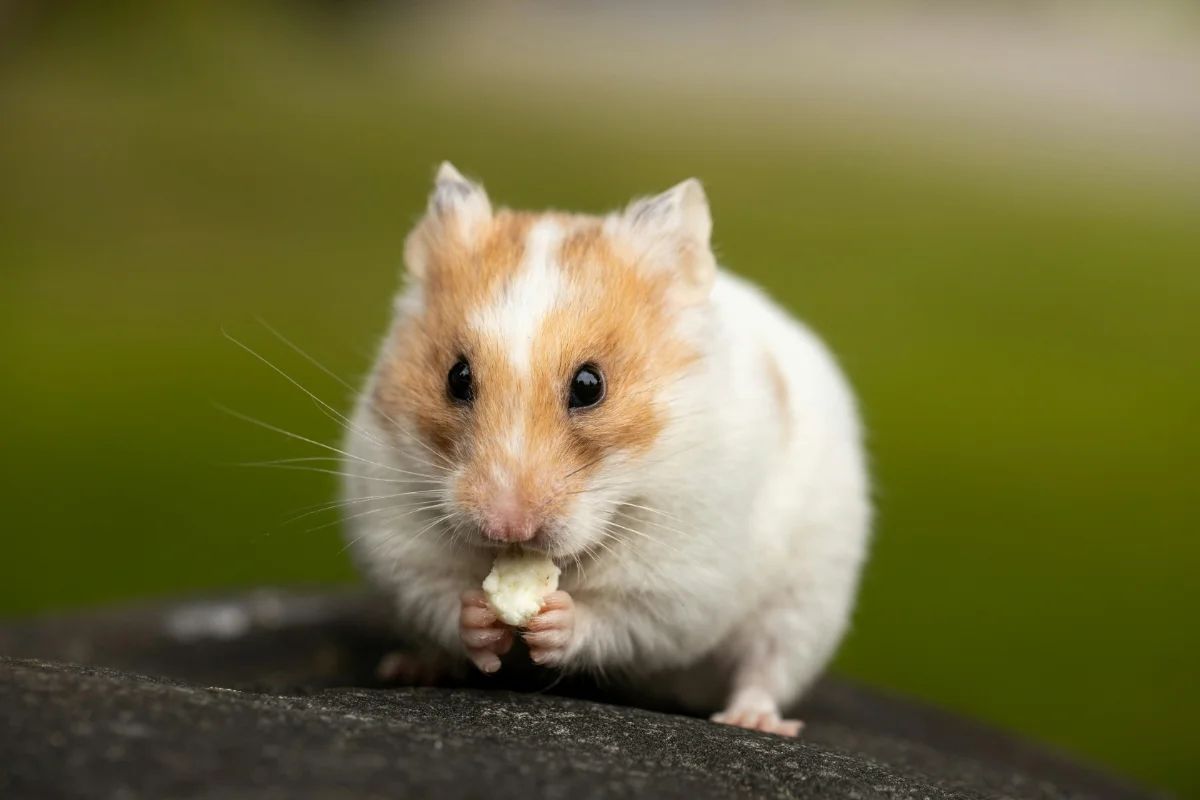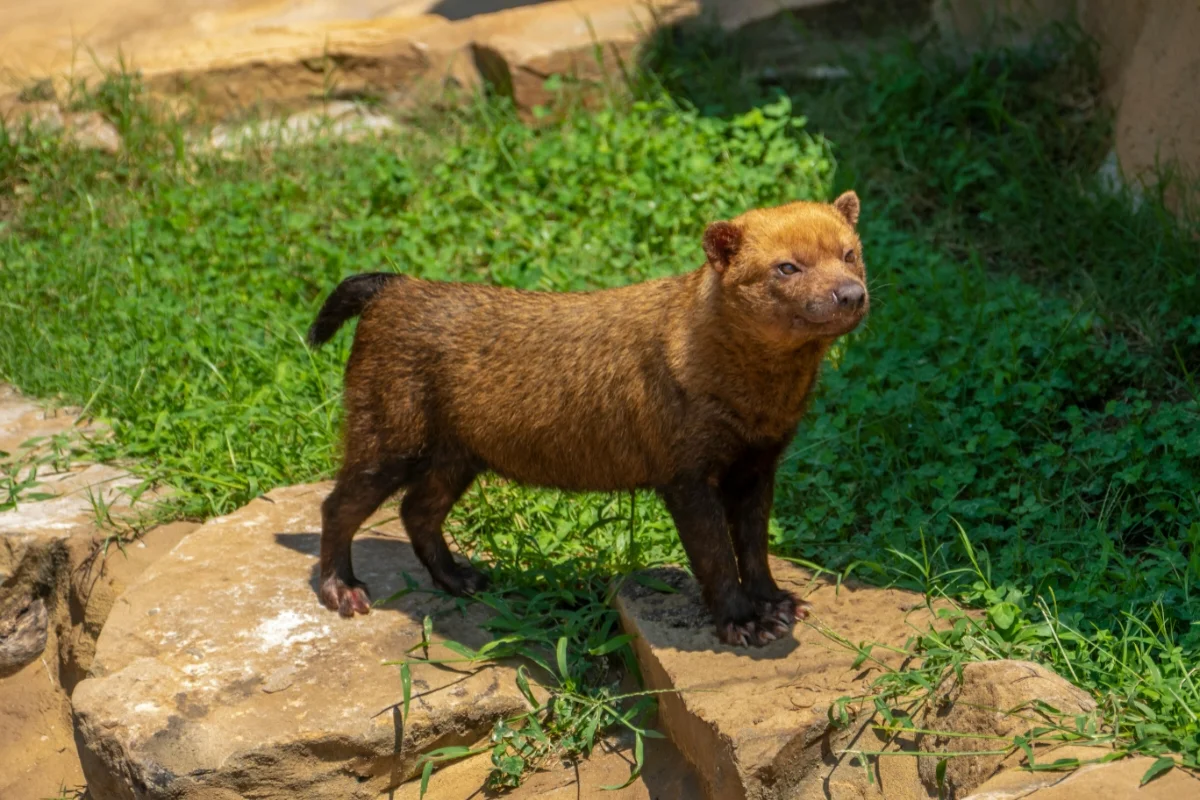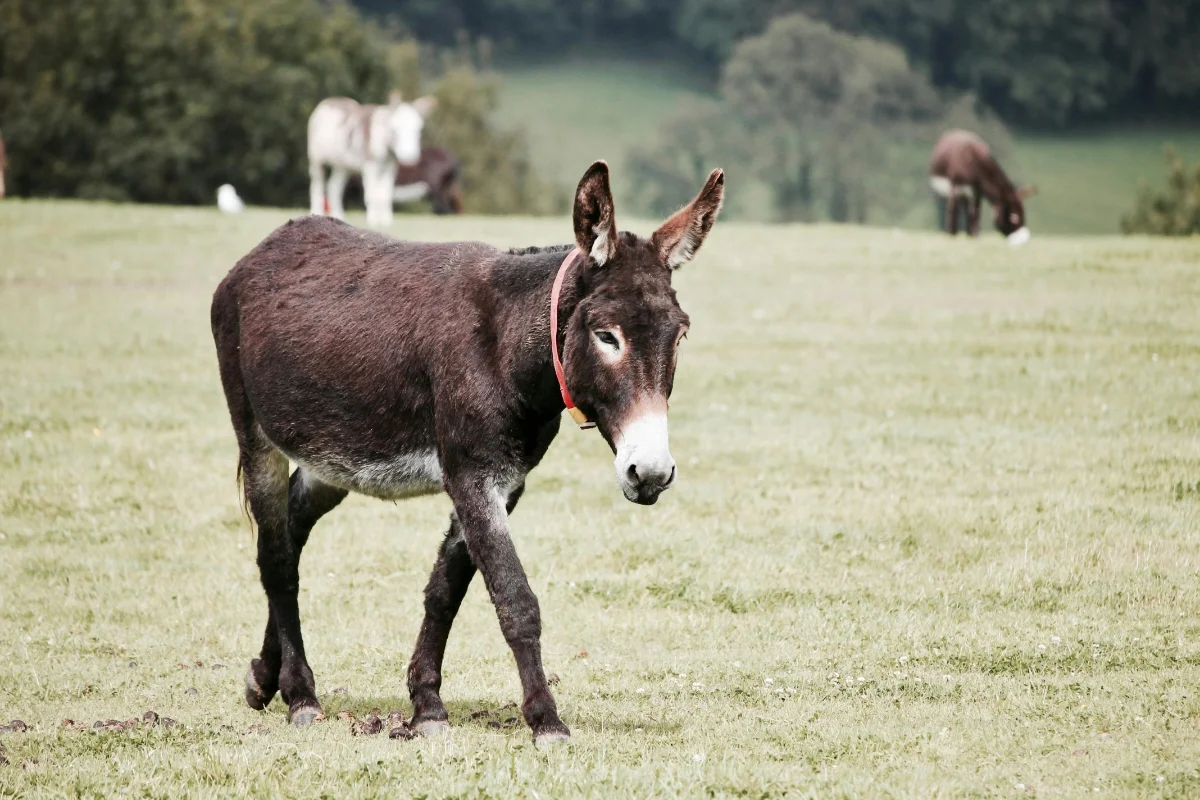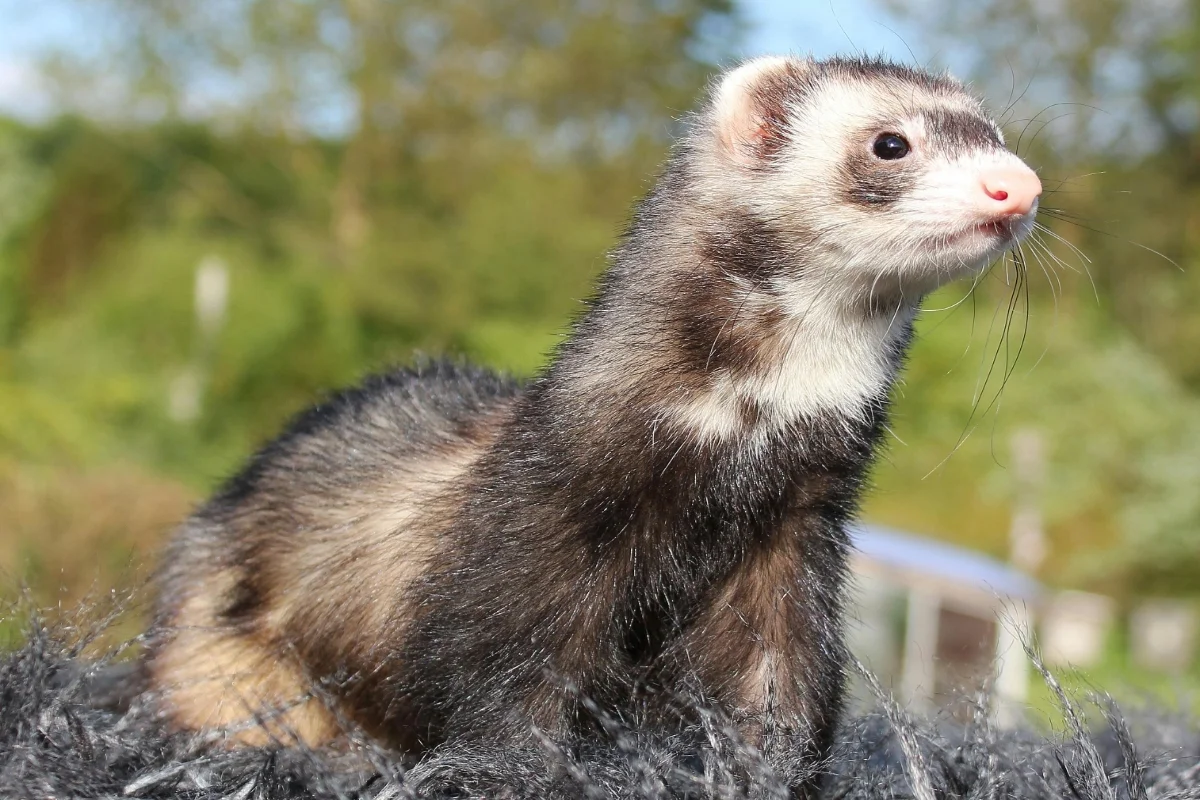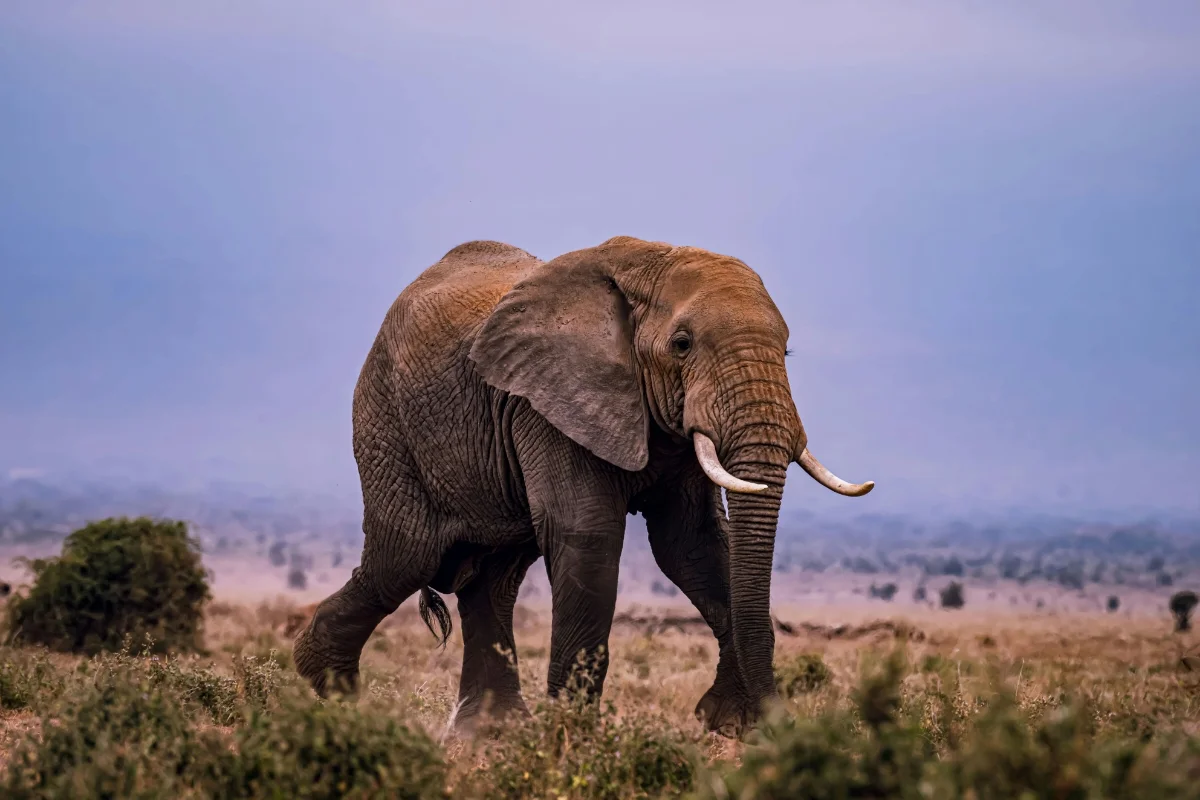Panda
The giant panda is a unique bear species known for its black-and-white fur and bamboo diet. Native to China’s mountainous regions, pandas…
Life Span
20–30 years
Top speed
20 mph
Size
2–3 ft tall
Weight
70–120 kg
The giant panda is a unique bear species known for its black-and-white fur and bamboo diet. Native to China’s mountainous regions, pandas are considered a national treasure. Despite their large size, they are gentle creatures and play a vital role in maintaining the bamboo forest ecosystem.
Panda Facts Overview
| Size: | 2–3 ft tall |
| Weight: | 70–120 kg |
| Top Speed: | 20 mph |
| Food: | Bamboo, small animals |
| Color: | Black and white |
| Location: | Central China |
| Predators: | Snow leopards, wild dogs |
| Lifespan: | 20–30 years |
| Habitat: | Mountain forests |
| Gestation: | 95–160 days |
Description
Giant pandas have a round face, black patches around their eyes, and a white body with black limbs. Males are larger than females, weighing up to 160 kg. They use their strong jaws and teeth to chew bamboo and can climb trees when needed for safety or rest.
Life Cycle
A panda’s life cycle starts as a tiny, blind cub weighing about 100 grams. Cubs stay with their mothers for up to 18 months. They reach maturity at 4–6 years and can live up to 20 years in the wild, while captive pandas live longer.
Characteristics
Pandas have a strong sense of smell and excellent climbing abilities. Their black-and-white coat helps them camouflage in the snowy and forested regions. Pandas are solitary animals, spending most of their time eating bamboo or resting. Their sixth toe, a modified wrist bone, helps grip bamboo.

Care
Caring for pandas involves providing a diet of fresh bamboo, veterinary check-ups, and protected habitats. In captivity, enrichment activities help keep them physically and mentally healthy. Conservation centers monitor breeding and raise cubs to help preserve this endangered species and ensure its survival.
Lifespan
In the wild, giant pandas live about 20 years, while in captivity, they can reach 30 years. Their longer lifespan in zoos is due to veterinary care and regular food supply. Old pandas often experience dental wear and reduced mobility, requiring additional care and monitoring.
Predators
Adult pandas have few natural predators, but cubs are vulnerable to snow leopards, wild dogs, and eagles. Pandas rely on their size and climbing skills to escape danger. Human activities like habitat destruction pose a far greater threat to pandas than natural predators.
Habitat
Giant pandas live in temperate forests with thick bamboo undergrowth. They prefer high-altitude regions between 1,200 and 4,000 meters in China’s Sichuan, Shaanxi, and Gansu provinces. These forests provide cool, wet climates that are ideal for bamboo growth, their main food source.
Distribution
Pandas are found in wild form only in China. They are primarily located in six mountain ranges in Sichuan, Shaanxi, and Gansu. Due to habitat loss, their range has significantly decreased over the years, but conservation efforts have helped stabilize some populations.
Diet
Pandas are herbivores that eat almost exclusively bamboo. They consume 20–40 pounds daily to meet their energy needs. Occasionally, they eat eggs or small animals. Pandas spend 10–16 hours daily feeding due to bamboo’s low nutritional content.

Behavior
Pandas are solitary animals that mark their territory with scent. They are mainly active during morning and evening hours. Though peaceful, pandas can defend themselves if threatened. They are excellent climbers and swimmers, spending most of their time foraging for bamboo or resting.
Reproduction
The breeding season of pandas is short, from March to May. Females give birth to one or two cubs after a gestation period of 95–160 days. Cubs are born tiny, blind, and helpless. Mothers care for the cubs until they are independent, around 18 months old.
Panda Scientific Classification
| Kingdom: | Animalia |
| Phylum: | Chordata |
| Class: | Mammalia |
| Order: | Carnivora |
| Family: | Ursidae |
| Genus: | Ailuropoda |
Animals for You
References
1. Panda Wikipedia Article – https://en.wikipedia.org/wiki/Giant_panda


